Initial Resuscitation of a Multisystem Trauma Patient Following a Fall From Height: A Complete Simulation Scenario for Medical Students
- PMID: 33659143
- PMCID: PMC7920395
- DOI: 10.7759/cureus.13013
Initial Resuscitation of a Multisystem Trauma Patient Following a Fall From Height: A Complete Simulation Scenario for Medical Students
Abstract
Management of a complex trauma patient is a critical skill for medical students, particularly during a general surgery or emergency medicine clerkship. However, gaining proficiency with this skillset may be challenging without prior medical or simulation experience. The aim of this technical report is to present a comprehensive high-fidelity medical simulation of a polytraumatized patient with numerous injuries sustained from a 20-foot fall. As the scenario unfolds, students identify multisystem injuries including acute hemorrhage, femur fracture, tension pneumothorax, and traumatic brain injury. The case was designed as an assessment tool to evaluate the knowledge of preclinical medical students obtained through a one-day workshop on the primary survey. This technical report provides simulation designers with a premade script, flowchart, labs, images, and supplies needed to successfully recreate the case.
Keywords: emergency medicine resuscitation; femur and fracture; life-threatening bleeding; medical education; pneumothorax (ptx); simulation design; simulation in medical education; trauma management; traumatic injury.
Copyright © 2021, Grcevich et al.
Conflict of interest statement
The authors have declared that no competing interests exist.
Figures
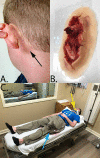
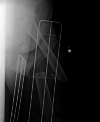
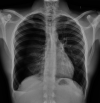
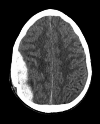
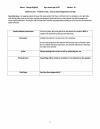
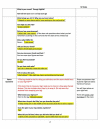
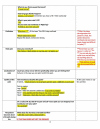
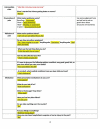

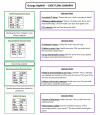


References
-
- Measuring the public health impact of injuries. Segui-Gomez M, MacKenzie EJ. Epidemiol Rev. 2003;25:3–19. - PubMed
-
- The epidemiology of trauma-related mortality in the United States from 2002 to 2010. Sise RG, Calvo RY, Spain DA, Weiser TG, Staudenmayer KL. J Trauma Acute Care Surg. 2014;76:913–919. - PubMed
-
- Short-term versus long-term trauma mortality: a systematic review. Frydrych LM, Keeney-Bonthrone TP, Gwinn E, Wakam GK, Anderson MS, Delano MJ. J Trauma Acute Care Surg. 2019;87:990–997. - PubMed
LinkOut - more resources
Full Text Sources
Other Literature Sources
Research Materials
